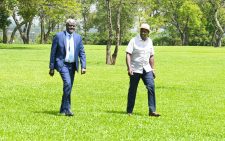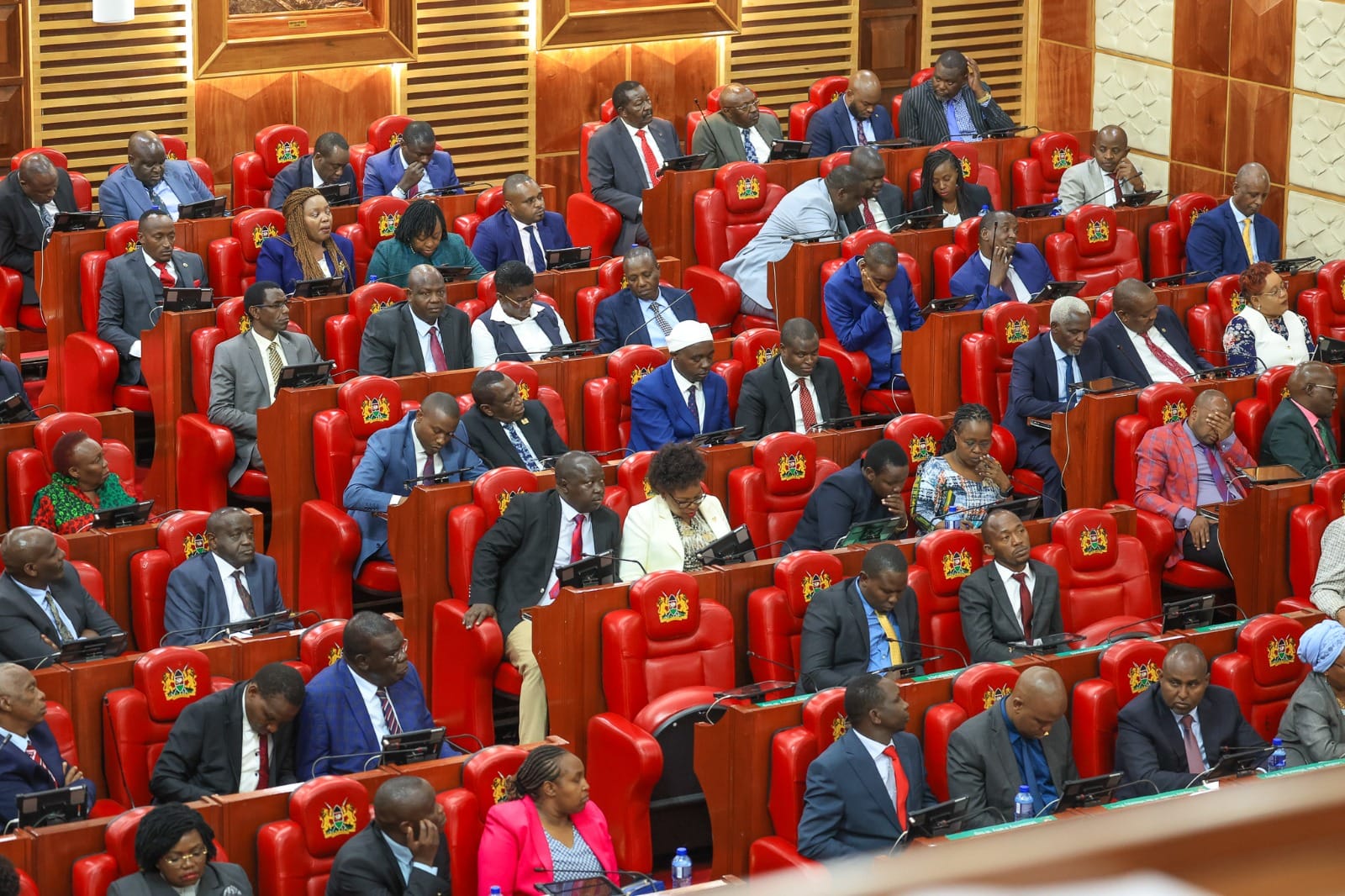Championing for the rare antelope, and winning

Harriet James @harriet86jim
Dr Abdullahi Hussein Ali is one happy conservationist. In the midst of the current global corona pandemic, he received the good news that he is one of the recipients of the prestigious 2020 Whitely Fund for Nature (WFN) Awards for his efforts in the conservation of one of the country’s rarest antelopes in North Eastern Kenya.
“I was informed through Zoom and froze for a moment following the news,” narrates an excited Ali.
Ali, who hails from Garissa, was recognised for his passion and commitment to save the hirola, also known as the Hunter’s hartebeest or Hunter’s antelope.
Ali made significant contributions to the biology of the species, and published several papers that guide the conservation of this species in journals such as Journal of Applied Ecology, Animal Conservation and Ecological Applications.
In 2017, he was the lead author of a paper, titled, Resource Selection and Landscape Change Reveal Mechanism Suppressing Population Recovery for the World’s Most Endangered Antelope.
In 2016, he was awarded by the University of Wyoming for his outstanding PhD dissertation.
Biodiversity hotspot
“My research ocused on landscape change, population dynamics and habitat selection of the hirola.
This was really timely as past research was often restricted to opportunistic field visits and lacked the necessary rigour.

This inspired me to seek home grown solutions and my approach will definitely outlast me,” he notes.
His passion for conservation began 25 years ago while on a school trip to the Masai Mara.
As soon as it was done, Ali recalls asking his Geography teacher where he can be trained as a ranger and how to join the global efforts of protecting wildlife from poachers.
He would later on join University of Nairobi to study Bachelor of Science in Wildlife Biology and Masters of Science in Conservation Biology.
In 2010, he was accepted into a multi-disciplinary PhD programme in Ecology at University of Wyoming, USA and graduated in 2016.
“Habitat loss is a contemporary threat driving extinction of species worldwide.
I come from a region considered to be a global biodiversity hotspot rarely highlighted for conservation.
In my home area, we have many unique and globally endangered species such as hirola, oribi antelope, Grevy’s zebra and African wild dogs, among others.
Ironically, this region lack both protected areas and skilled local scientists who can provide necessary solutions for emerging conservation issues under changing landscapes,” explains the founder of Hirola Conservation Programme who wants conservation to have more African nationals involved in decision making.
His love for hirola was triggered by the fact they are one of the least studied. He was motivated to understand the reasons behind their precipitous decline.
Hirola resemble a Kongoni or Coke’s hartebeest in appearance, but their long horns set them apart, making them look like a mix between impala and the hartebeest.
They are found in North-Eastern part of the country, however, a small population inhabits the Tsavo.
These rare antelopes prefer the semi-arid thorn bush, open bush grassland, to light woodland and lush savanna grassland.
The Tsavo population of hirola faces predation by large carnivores and competition by other species of herbivores such as zebras.
Scale up efforts
In 1979, it is estimated there were 16,000 hirola, but a rapid decrease in their population took place in the 1980s due to drought, degradation, disease and competition with livestock.
The latest survey in 2011 estimated the hirola to be between 245-400 individuals.
There’s concern that in the absence of management intervention, the population will dwindle further in the coming years.
Ali is proud his research has provided much-needed data on the species and is guiding current recovery strategy for hirola.
He is also mentoring young biologists and scouts from local communities to assist in conservation and anti-poaching efforts for protection of hirola, elephants and giraffes.
However with the corona pandemic, some critical conservation work such as community meetings as well as night carnivore surveys have been suspended.
“We get our research supplies from big towns such as Nairobi and this has stopped because of the cessation of movements between towns. Though it has slowed down our efforts, it has not dampen our spirits,” he says.
His efforts were recognised by London-based Whitley Fund for Nature, the charity behind the award that honours exceptional conservationists who have dedicated their lives to save critically endangered species in their home countries.
Ali received the award with two other African conservation leaders.
“I’m very delighted as a biologist to receive this award to scale up the long-term research and conservation of this species.
As an indigenous conservationist, this does not come easy and it is big win for the Kenyan conservation fraternity.
I’m sure it will inspire many other Kenyans to take up conservation as a career and protect more species for our country,” he says.
Ali plans to use the award to scale up his conservation efforts and provide supportive role to both his community and KWS to spearhead the protection of species.
“My goal is to curb further decline of this species. In addition, I want to leave behind a new skilled generation of conservationists who can lead grassroots conservation for the present and future generations,” he concludes












